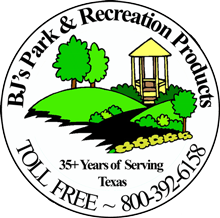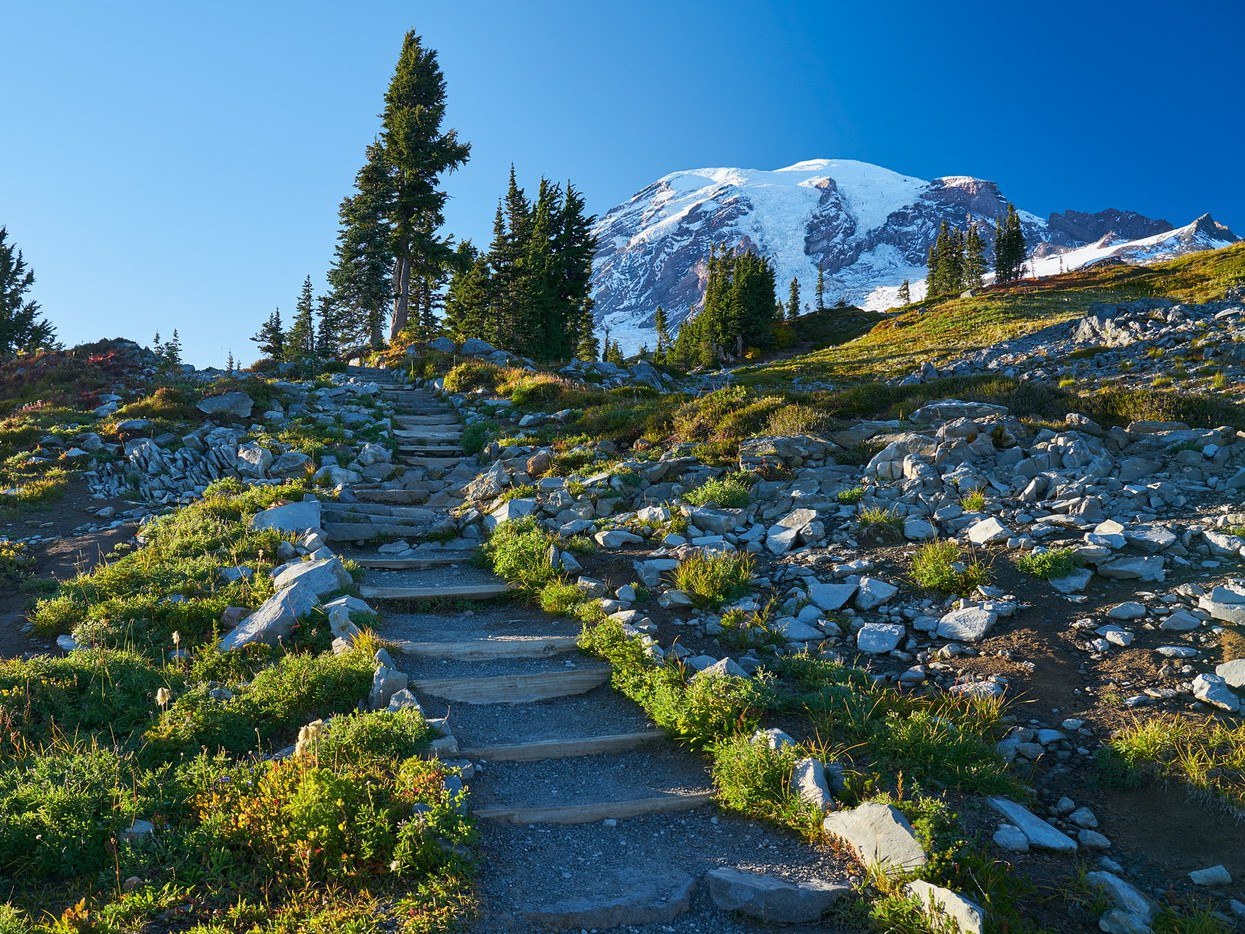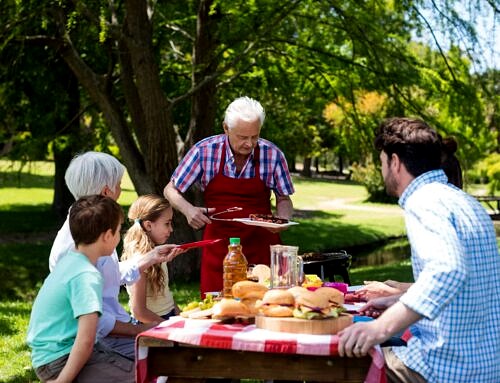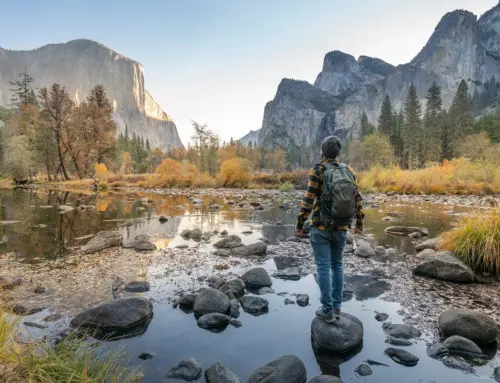What is the importance of outdoor ethics?

We love our planet. It’s the only one we get, so making sure that we do our part in keeping it happy and healthy for generations to come is important. If we don’t, we won’t be able to take in the beauty of National Parks, or be able to create lasting memories by going camping with our family, or have the options of clean and safe local parks to take our kids to. That is why outdoor ethics are so important to follow, and the “Leave No Trace” seven principles make it easy to adhere to.
Why 7 Principles?
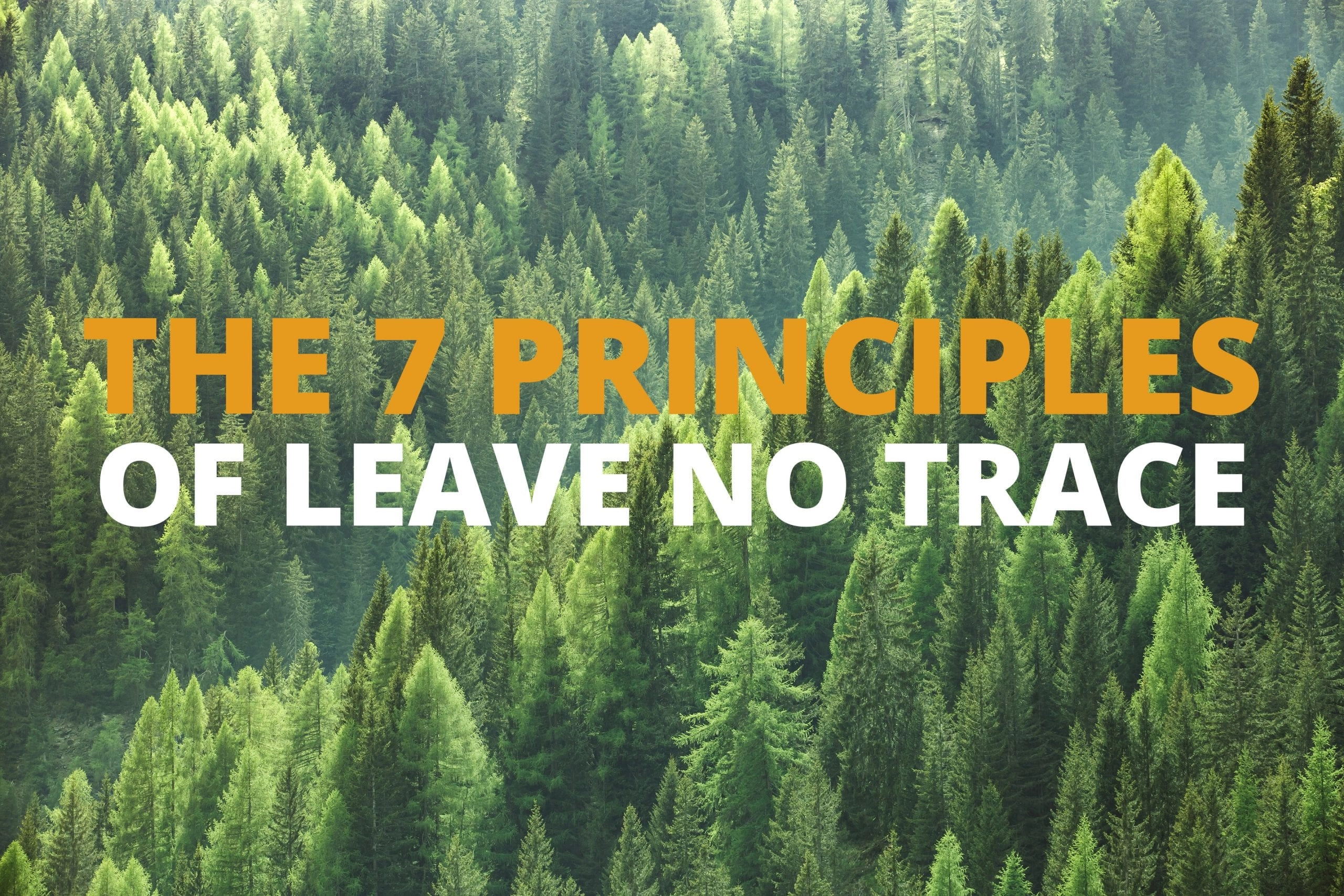
The 7 principles of Leave No Trace are minimum impact practices that provide a framework to be easily understood and followed by anyone and everyone. Even though these principles are widely known and a well-established framework; they are continuously evolving. Leave No Trace is constantly doing research that examines, evaluates, and reshapes the principles so that they are the most impactful and up to date. They seek the insight from people like biologists, land managers, and experts in outdoor education. So, what are these 7 principles?
1st Principle: Plan Ahead & Prepare

When thinking about your outdoor adventure, it’s vital that you plan ahead and prepare. Come up with trip goals that will help in making your trip more enjoyable and safe while also minimizing the damage you could do to the land. Damage to natural and cultural resources are a result of poor planning and will make your time outdoors less enjoyable.
Here are some basic goals to follow on your trip:
- Know the regulations and special concerns for the area you’ll visit.
- Prepare for extreme weather, hazards, and emergencies.
- Schedule your trip to avoid times of high use.
- Visit in small groups and, if needed, split larger parties into smaller groups.
- Repackage food to minimize waste.
- Use a map and compass to eliminate the use of rock cairns, flagging, or marking paint.
These basic goals will not only create a trip you won’t forget but also make it better for others who come as well! However, they aren’t the only things to consider when planning. It’s important to also consider the expectations of your trip, the skill and abilities of those going with you, and choosing clothing that ‘s not only comfortable and safe but also follows the Leave No Trace recommendations.
2nd Principle: Travel & Camp on Durable Surfaces

While traveling outdoors, a goal to have is to move through natural areas all while avoiding any damage to the land, foliage, and waterways. If you understand how your travel can impact your surroundings, it will be easier to accomplish this goal. Damage like trampled surface vegetation and communities of organisms compacted beyond recovery should be avoided. The result can be barren areas which lead to soil erosion and undesirable trails being developed. Understanding the best practices of traveling and camping responsibly can minimize human impact on outdoor spaces.
Here are the basics:
- Durable surfaces include established trails, campsites, rock, gravel, and dry grasses or snow.
- Protect riparian areas by camping at least 200 feet from lakes and streams.
- Good campsites are found, not made. Altering a site is not necessary.
For popular areas:
- Concentrate on existing trails and campsites.
- Walk single file in the middle of the trail, even when wet or muddy.
- Keep campsites small. Focus activity in areas where vegetation is absent.
For undisturbed areas:
- Disperse use to prevent the creation of campsites and trails.
- Avoid places where impacts are just beginning.
Utilizing these simple principals will help preserve our natural landscapes now and for generations to come.
3rd Principle: Dispose of Waste Properly
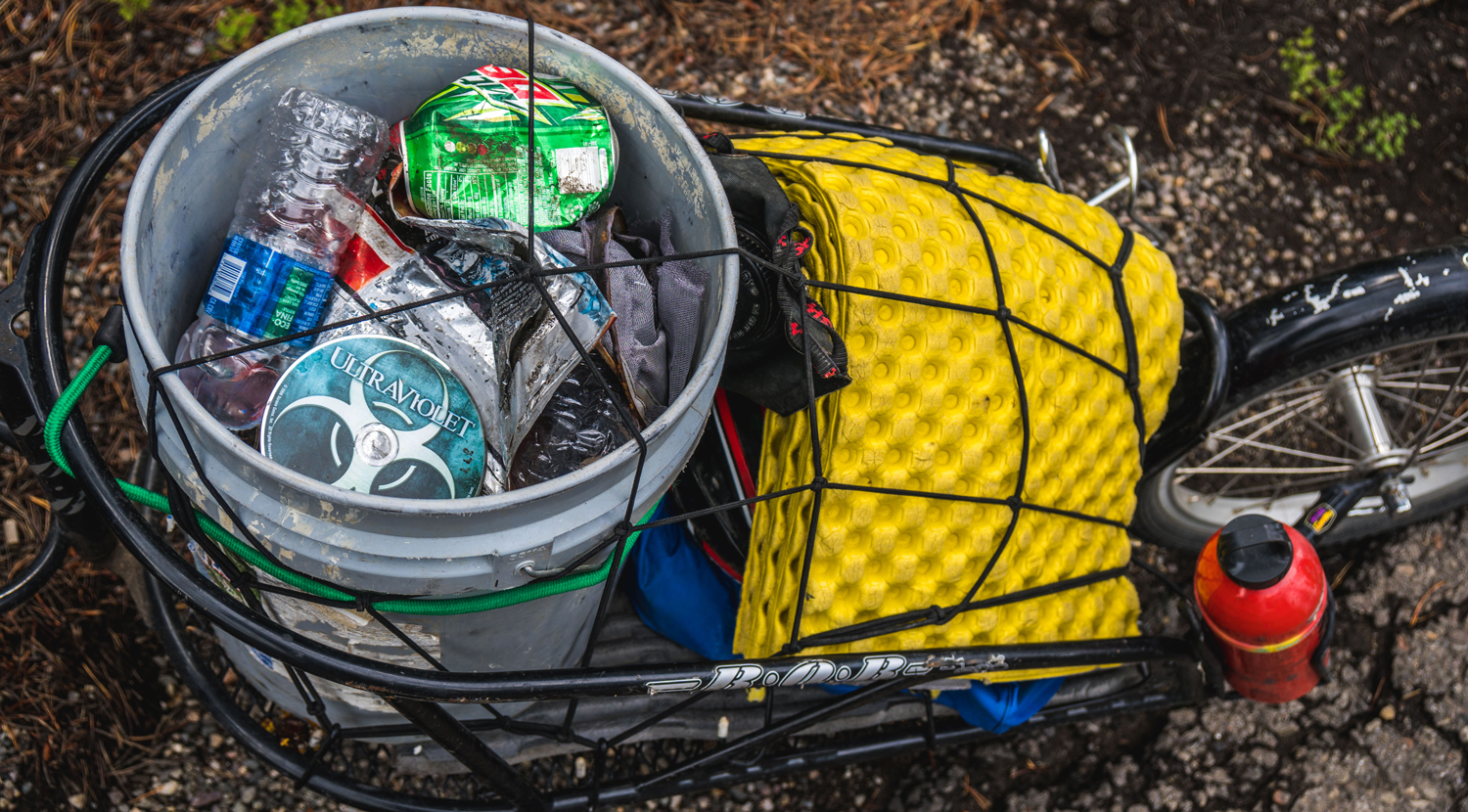
When enjoying the great outdoors, think about the waste we create and how it can have a severe impact if it isn’t disposed of properly. While thinking about your trip, consider and anticipate the types of waste you will need to remove and educate yourself on the proper techniques for each type of waste you will need to dispense with.
Human waste, for example, is one of the types of waste you will need to eliminate while enjoying your time outdoors. By disposing of human waste properly, we avoid polluting water sources, the possibility of spreading disease, and any negative implications if someone else finds it. In most locations, burying human waste, known as catholes, is the most effective method, however, you can use the EPA approved pack-it-out system also. Just make sure you check with the rules and regulations for the area you will be traveling in.
You might be familiar with the system termed “Pack-it-in, Pack-it-out”. By using this system with other types of waste like garbage, leftover food, or food waste; we eliminate the possibility of harming wildlife and making it unsightly for other travelers because of how long it takes for trash to break down. Outdoor enthusiasts are encouraged by the Leave No Trace guidelines to consider the impacts they leave behind which will affect other people, water, and wildlife.
Here are the basic rules to follow:
- Pack-it-in, Pack-it-out. Inspect your campsite and rest areas for trash or spilled food. Pack out all trash, leftover food, and litter. Burning trash is never recommended.
- Deposit solid human waste in catholes dug 6 to 8 inches deep and at least 200 feet from water, camp, and trails. Cover and disguise the cathole when finished.
- Bury toilet paper deep in a cathole or pack the toilet paper out along with hygiene products.
- To wash yourself or your dishes, carry water 200 feet away from streams or lakes and use a small amount of biodegradable soap. Scatter strained dishwater.
Any exposure from food, human waste, or dirtied water can have an ecological impact on the surrounding land and cause unhealthy repercussions to the soil, water, and wildlife. By abiding by these techniques and guidelines we can keep our environment clean and healthy.
4th Principle: Leave What You Find

It might seem like a good idea to take a souvenir with you from your outdoor adventure, but in reality it’s not. Everything we find plays an integral part in our ecosystem or the story of the landscape. By leaving what we find behind, it preserves both and allows others a sense of discovery.
Avoid damaging live trees and plants. Don’t hammer a nail into a tree to hang things on, or carve things into it. These actions can make the trees susceptible to disease. We can also help the pollinator community by restraining from picking the beautiful wildflowers they survive on. While picking a few wouldn’t seem to have a significant impact, imagine if every traveler thought, “I’ll only pick a few”. These lovely flower serve a far greater purpose in the outdoors than on your dinning room table.
The Basics:
- Preserve the past: observe cultural or historical structures and artifacts, but do not touch them.
- Leave rocks, plants, and other natural objects as you find them.
- Avoid introducing or transporting non-native species.
- Do not build structures, furniture, or dig trenches.
Remember, everything you see in the great outdoors is there for a reason and purpose. Leave it to let it fulfil it’s function for nature, animals, and people to enjoy the benefits of.
5th Principle: Minimize Campfire Impacts

Rich in history and tradition, one couldn’t imagine camping without a campfire and building one is an essential skill to have. Unfortunately, many areas’ natural appearance has been degraded because of overuse of fires and the increasing demand for firewood. Wildfires have also continued to be a threat to outdoor spaces and are primarily caused by humans.
Existing fire rings are the best place to build a fire and establish a campsite. Keep the fires small and only burn it for the time you are using it. Let it burn completely to ash or use water to put it out, not dirt. A pan fire is another good alternative to a traditional campfire, which can be made out of metal oil drain pans and backyard barbeque grills. They can be elevated off the ground so as to not leave an impact on the soil.
Here are some guidelines to follow:
- Campfires can cause lasting impacts on the environment. Use a lightweight stove for cooking and enjoy a candle lantern for light.
- Use established fire rings, pans, or mound fires where fires are permitted.
- Keep fires small. Use only sticks from the ground that can be broken by hand.
- Burn all wood and coals to ash, put out campfires completely, then scatter cooled ashes.
The most important thing to consider when using a fire is the damage it can cause to the natural landscape. When planning your trip and campfire, here are some things to consider:
- What is the fire danger for the time of year and your selected location?
- Are there administrative restrictions from the agency that manages the area?
- Is there sufficient wood so its removal will not be noticeable?
- Does the harshness of alpine and desert growing conditions for trees and shrubs mean that the regeneration of wood sources cannot keep pace with the demand for firewood?
- Do group members possess the skills to build a campfire that will Leave No Trace?
- Can the fire be sufficiently put out?
Even though s’mores are the number one thing to do around a campfire, they are not a necessity if the campfire itself puts the surrounding area in danger or at risk in any way. Be safe and smart and use your knowledge of the area, weather conditions, and ecosystem before lighting a match.
6th Principle: Respect Wildlife

Part of the allure of outdoor travel is seeing wildlife. But you have to remember that when you are in that outdoor space, you are in the natural habitat of many wild animals and you will want to minimize your impact on them. These impacts can result in negative human-wildlife interactions, aggressive animals, a decline in the ecosystems health and, lastly, relocation or euthanization of animals. All of these can be avoided if travelers follow these basic rules and respect wildlife on all outdoor trips.
The guidelines:
- Observe wildlife from a distance. Do not follow or approach them.
- Never feed animals. Feeding wildlife damages their health, alters natural behaviors, and exposes them to predators and other dangers.
- Control pets at all times, or leave them at home.
- Avoid wildlife during sensitive times: mating, nesting, raising young, or winter hibernation.
Even though some animals you encounter may be cute and cuddly looking, they are still wild animals and have no understanding of humans and their intentions. Help keep the animals safe, and yourself as well, by only observing them; not interacting with them.
7th Principle: Be Considerate of Others
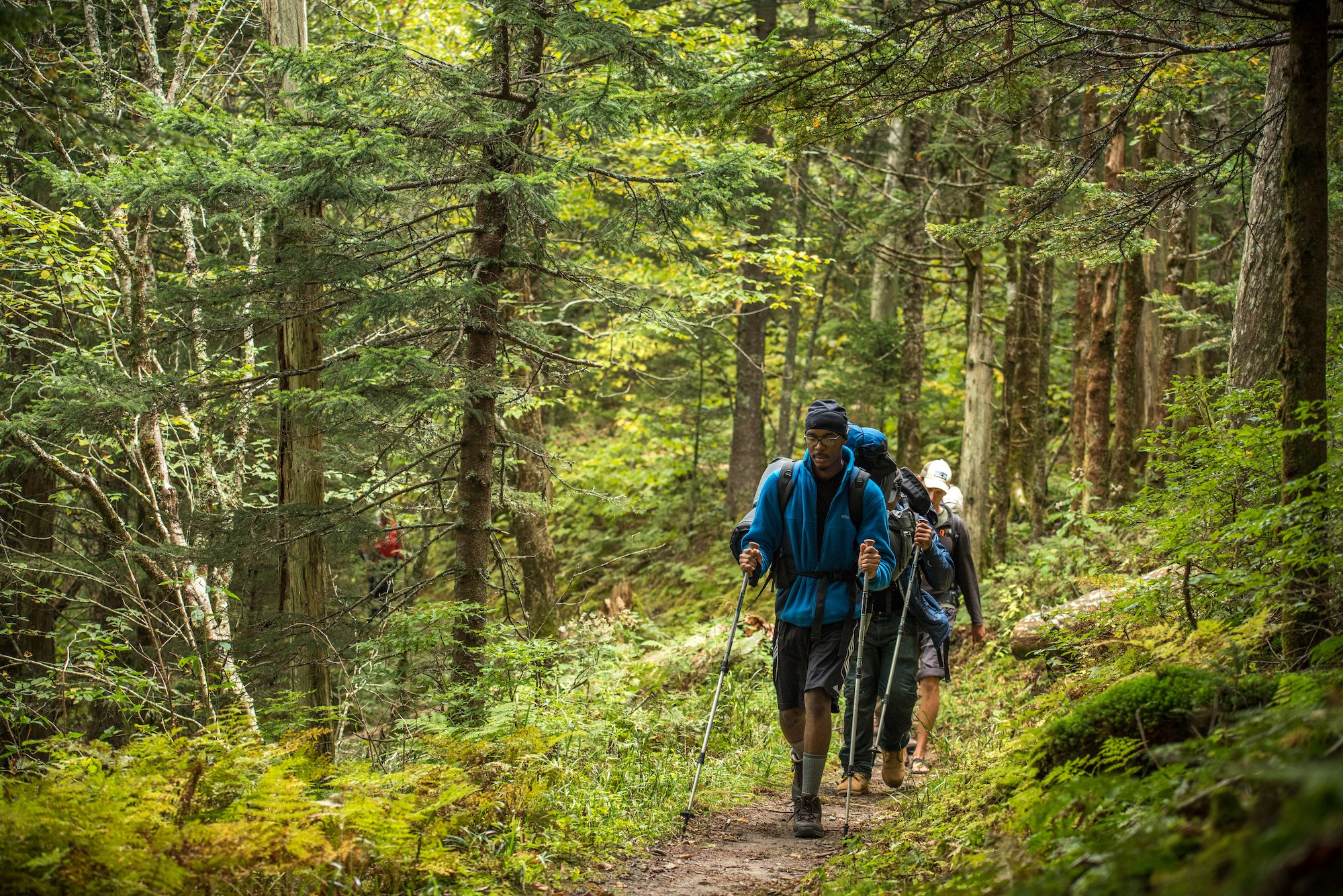
Maintaining courtesy towards others is one of the most important components of outdoor ethics. Whether it’s excessive noise, uncontrolled pets, or damaged surroundings, you can detract from the natural appeal of the outdoors. By respecting others, you protect the quality of their experience.
Follow these basic rules so everyone can enjoy nature no matter how they interact with it:
- Respect others and protect the quality of their experience.
- Be courteous. Yield to others on the trail.
- Greet riders and ask which side of the trail to move to when encountering pack stock.
- Take breaks and camp away from trails and others.
- Let nature’s sounds prevail. Avoid loud voices and noises.
Most of us understand the importance of getting along with co-workers in an office environment and these skills can be used to help us co-exist with people we encounter along the trail. Always consider others feelings, experiences, and needs before implementing an action or response. The outdoors belongs to everyone and everyone should be able to enjoy it together.
Why Leave No Trace?
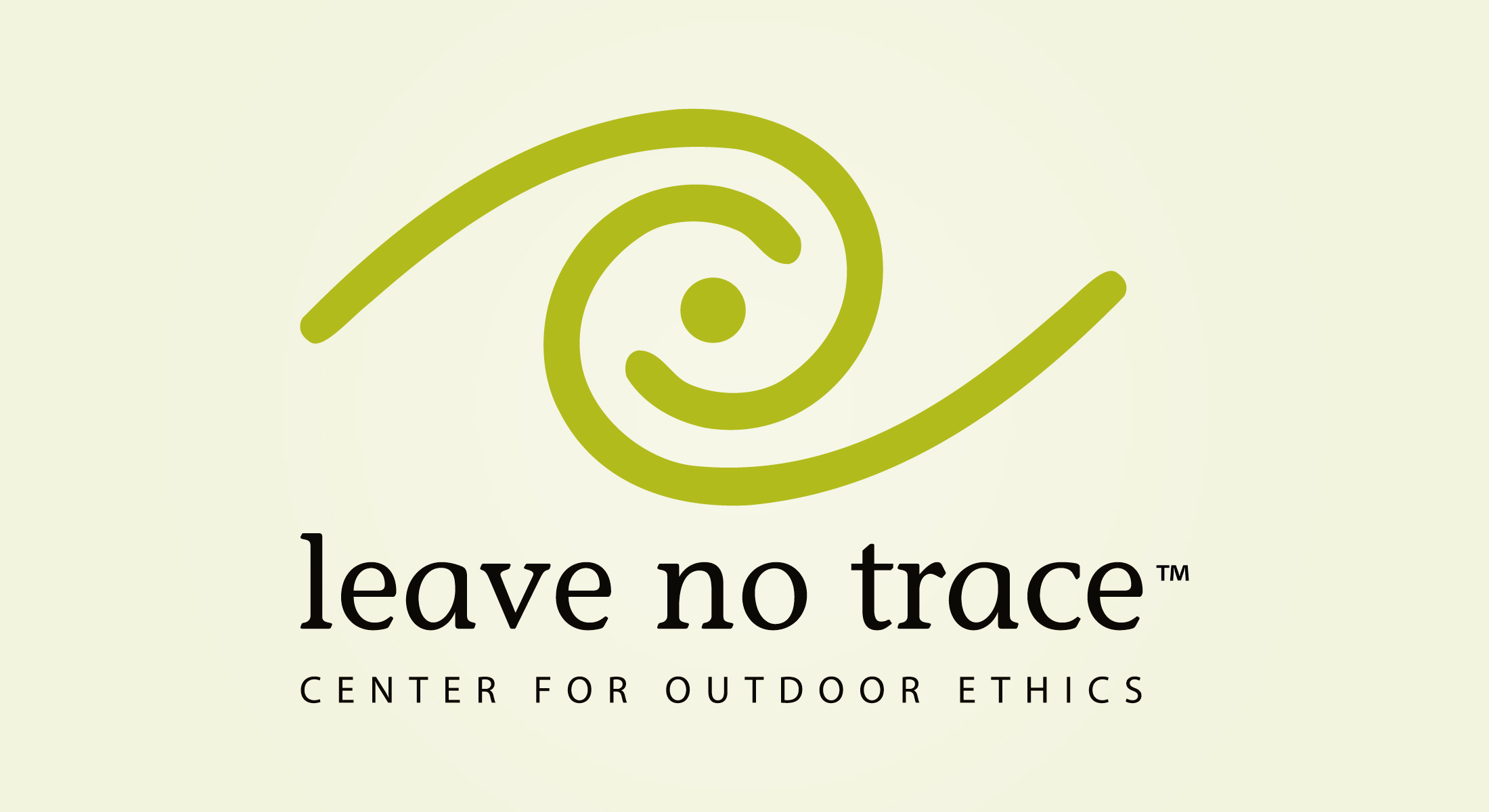
It might seem like a lot to consider when thinking about making a trip outdoors, but Leave No Trace makes it easy and is constantly re-evaluating to make sure you have the most up to date information so that you can leave the great outdoors better than you found it. You wouldn’t want to go camping or hiking and see trash littering the trail or trampled vegetation or see wildlife and not know what to do. Follow all the basic rules Leave No Trace gives you and you ‘ll be setting the bar for outdoor ethics!
For more information on these 7 principles and to keep up to date with the changing regulations, check out their website https://Int.org/why/7-principles/ and have an epic outdoor experience!
